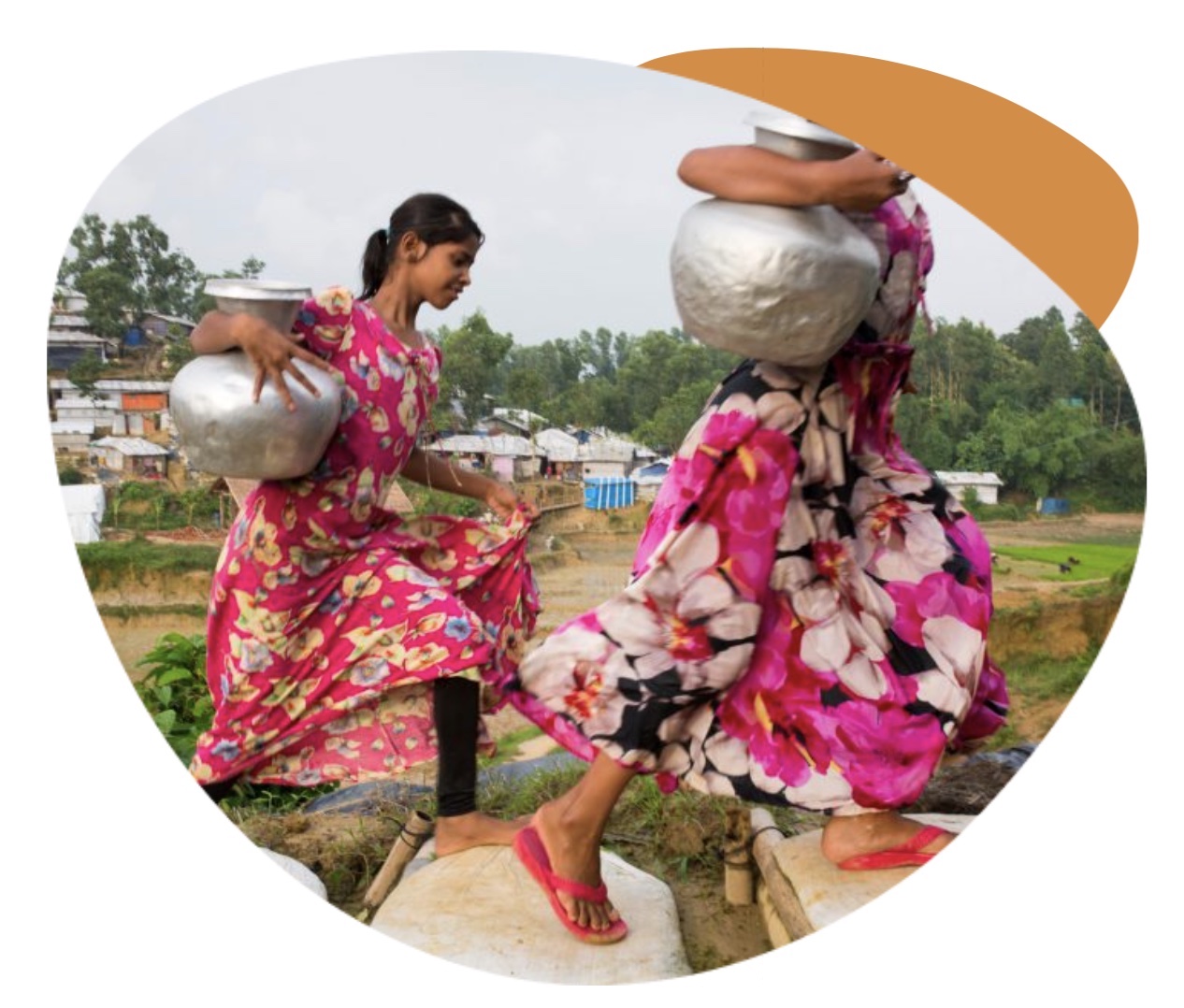Reimagining protection: Dignity, wellbeing and safety
DOI:
https://doi.org/10.21153/thl2021volno0art1147Keywords:
protection, digital, wellbeing, safety, water, hygieneAbstract
Core concepts in the humanitarian world are often used in ways that add to confusion rather than provide clarity. Research reports discuss technical details, propose theoretical frameworks or engage in policy debates, but rarely engage directly with key concepts themselves—their meaning, how they are used and understood, and their limitations. Protection is one important concept which begs for unpacking. The objective of this commentary is to spur discussion and reflection, to help clarify thinking around how we understand and use the term ‘protection’. A particular example from the Water, Sanitation, and Hygiene (WASH) sector is used to propose a more nuanced way of thinking and speaking about protection. Dignity, wellbeing and safety are proposed as useful concepts to embed protection in humanitarian activities.
Metrics
Downloads
References
Baines, E. and Paddon, E. (2012). ‘This is how we survived’: Civilian agency and humanitarian protection. Security Dialogue, 43(3), 231–247
Berry, K. & Reddy, S. (2010). Safety with dignity: Integrating community-based protection into humanitarian programming. Overseas Development Institute (ODI).
Bruderlein, C. & Leaning, J. (1999, August 14). New challenges for humanitarian protection, BMJ, 319:430.
DG ECHO (2016, May 16). Humanitarian protection: Improving protection outcomes to reduce risks for people in humanitarian crises [Thematic Policy Document No. 8]. European Commission.
DuBois, M. (2009, September 22–24). Protection: The new humanitarian fig-leaf. Protecting People in Conflict and Crisis Conference 2009, Refugee Studies Centre, Oxford University. Retrieved from https://globalprotectioncluster.org/_assets/files/aors/protection_mainstreaming/Protection_Fig-Leaf_DuBois_2010_EN.pdf
Global Protection Cluster (2012). Think protection! A quick guide to integrating protection into disaster response in the pacific region. Retrieved from https://www.globalprotectioncluster.org/_assets/files/aors/protection_mainstreaming/Country%20Examples/Pacific/Pacific_PC_Think_Protection_Quick_Guide_EN.pdf
Heintze, H. J. (2004). On the relationship between human rights law protection and international humanitarian law. International Review of the Red Cross, 86(856), 789–814
I’Anson, C., & Pfeifer, G. (2013). A critique of humanitarian reason: Agency, power, and privilege. Journal of Global Ethics, 9(1), 49–63







